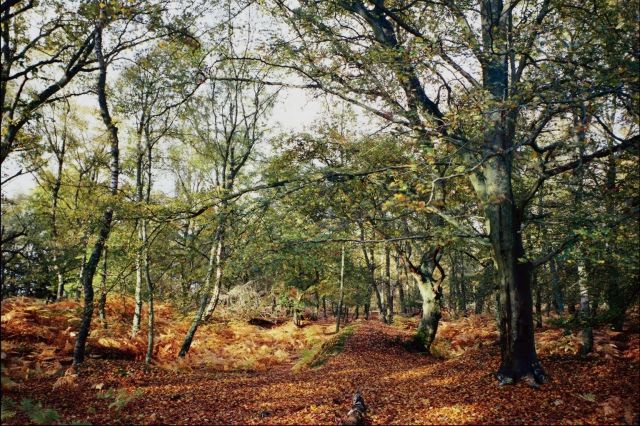
Josh's Forestry Website

Introduction
More than 70 per cent of all adults have visited Canadian forests in the last few years. They make around 350 million day trips from their homes to forests each year, in addition to visits by regular dog-walkers and by holiday-makers. Forests provide opportunities for walking, cycling, horse riding, orienteering, camping, caravanning, fishing, birdwatching and a whole host of other activities enjoyed by people of all ages.
The Forestry Commission welcomes access to the forests it manages and full details can be found by following the links in the left menu to 'recreation' and 'wild woods'.
It also encourages private woodland owners to manage their forests for public access and provides grants to those owners through its Walkers Welcome initiative to help pay for those activities.
During these recreational activities in the forest, which many enjoy, you still have to be cautious about it. Even though the forest seems like a calm relaxed place, it can also be very deadly.
Lime Disease
In 1883 a German physician records the first case of what is now known as Lyme disease. Medical science swept the condition under the rug for nearly 100 years. In 1975, a mysterious clustering of arthritis occurred among children in Lyme, Connecticut. Researchers probed the mystery and named the condition Lyme disease.
Antibiotic therapy is now the main treatment and spiral-shaped Borrelia burgdorferi is the bacterium associated with the disease. This creature is found in mammal blood upon infection and is transmitted by the tick "spitome" or saliva. The spirochete is transfered when the tick feeds on a desirable host. Roughly 17,000 infections are reported in the United States each year. The illness often goes unreported and the real numbers are probably higher.
The wood or black-legged deer tick (genus-Ixodes) has been identified as the key to its spread. This condition had been described in medical literature dating back to the turn of the century but surprisingly little research has been done until recently.
The number of cases, as well as endemic regions in the United States, have been increasing. Lyme disease is reported in nearly every state in the U.S. There are concentrated areas in the northeast, mid-Atlantic states, Wisconsin, Minnesota, and northern California. Lyme disease is endemic to Europe and Asia.
Forests In BC
Government is acting to revitalize British Columbia’s number one industry by taking a fundamentally different approach to forestry regulation.
The plan for opening up a revitalized forest industry is part of the new BC Heartlands Economic Strategy to create more jobs and spinoff benefits for communities.
A brighter future for B.C.’s forest economy hinges on legislation and policy reforms designed to open up new opportunities for British Columbians, get the most value out of every tree cut, and set a fair price for public forest resources.
Streamlining amendments have already come into effect to ease the regulatory burden of the Forest Practices Code, while maintaining high environmental standards, and guide the transition to implementation of the Forest and Range Practices Act.
Timber Sales In BC
B.C. Timber Sales, formerly known as the small business forest enterprise program, provides access to 13 per cent of the provincial allowable annual cut. It awards short- and longer-term licences based on revenue bids and other factors. B.C. Timber Sales clients include market loggers, sawmill operators, lumber remanufacturers and specialty wood products manufacturers.
As part of government’s commitment to revitalizing the province’s forest economy, a new market-based pricing system will be introduced. Under this system, the price of Crown timber harvested on all tenures will be based on the selling price of Crown timber competitively auctioned through B.C. Timber Sales.
To support the new system, B.C. Timber Sales will increase the amount of timber it auctions to 20 per cent of the provincial allowable annual cut. All cutting licences in the program will be awarded to the highest bidder, and the auction rules will be amended to provide a clear, consistent administrative framework.
Sales of non-replaceable forest licences already underway will continue, but when they expire, this timber will also be auctioned competitively.
Sources: http://forestry.about.com/
http://www.for.gov.bc.ca/mof/


